Deck & Commander Strategies

Dihada, Binder of Wills
The plan for this deck is to exploit the commander's powerful ability to steal opponents' creatures. This strategy relies on controlling the board and forcing opponents to play defensively.
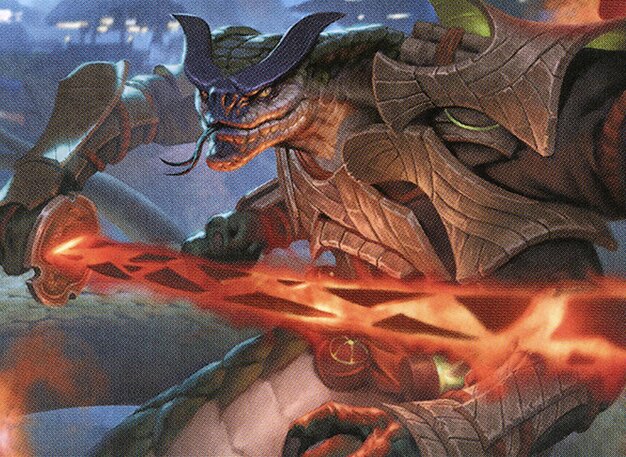
Chishiro, the Shattered Blade
This deck revolves around the commander's ability to generate 2/2 Spirit tokens when Auras or Equipment enter the battlefield. The deck aims to flood the board with tokens and buff them with various auras and equipments.
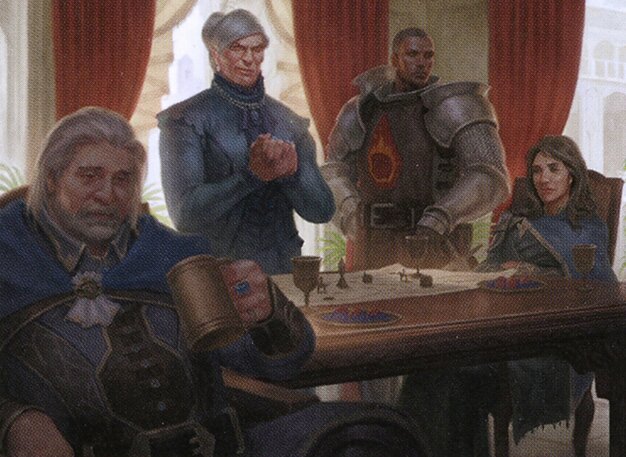
The Council of Four
The strategy for this deck is a control game, focusing on providing resources but limiting how they can be spent through the commander's ability. The deck also aims to draw a significant number of cards.
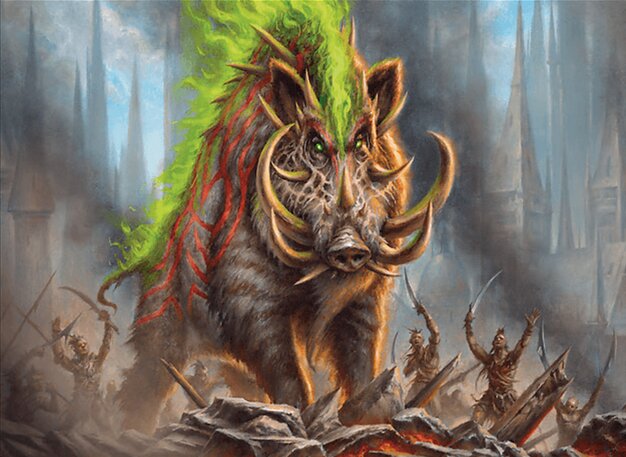
Ilharg, the Raze-Boar
This deck's plan is straightforward - it aims to bring out the big boar and trigger powerful 'Enter The Battlefield' effects. It relies on large creatures and potent ETB effects to overpower opponents.
Gameplay Insights
- 1
Jim casting Howling Mine was a key decision that affected the pace of the game, as all players were able to draw an additional card each turn.
- 2
Olivia's play of Chishiro, the Shattered Blade followed by Rhythm of the Wild showed a strong synergy that can potentially generate a large number of powerful tokens.
- 3
The initial focus on ramping mana sources showed the importance of getting a head start in resource generation in commander games.
Notable Cards
-
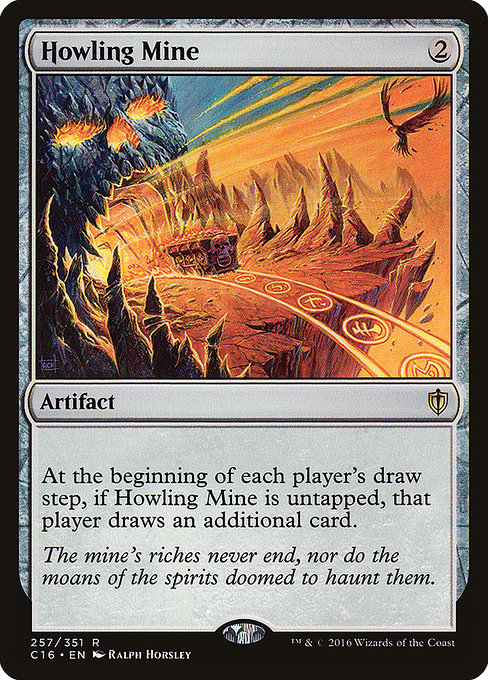
Howling Mine
-
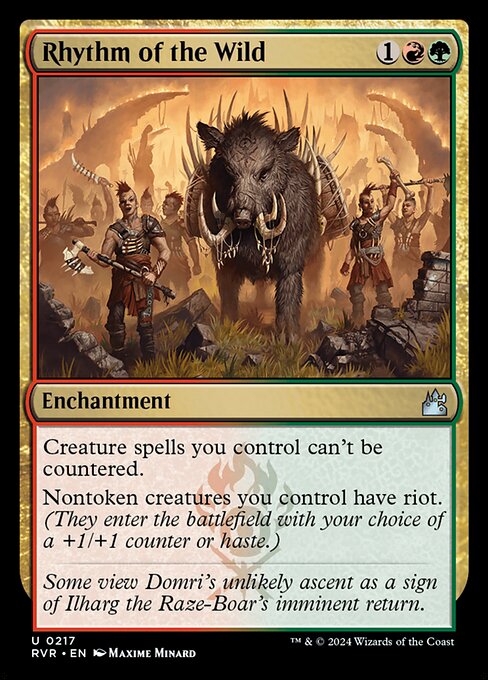
Rhythm of the Wild
-

Exploration
-

Chishiro, the Shattered Blade
-

Dihada, Binder of Wills
-

The Council of Four
-

Ilharg, the Raze-Boar
Gameplay Summary
The game kicked off with a heavy focus on ramping mana sources and card draw, with multiple players using cards like Eternal and Exploration to get ahead.
The Council of Four player, Jim, made an interesting play by casting Howling Mine, which allowed all players to draw an additional card each turn, potentially speeding up everyone's strategies.
Chishiro, the Shattered Blade, was brought into play by Olivia, who then utilized Rhythm of the Wild to give it an additional +1/+1 counter.
This set the stage for a game where players had to be cautious of potential threats while balancing their own board states.



















![Multicolored Legends of Baldur's Gate [Commander VS 295] | Magic: the Gathering Commander Gameplay thumbnail](https://i.ytimg.com/vi/zAq9d0hwHTU/sddefault.jpg)

















![Brothers' War vs Dominaria United [Commander VS 315] | Magic: the Gathering Commander Gameplay thumbnail](https://i.ytimg.com/vi/_-hCwDSKn3I/sddefault.jpg)






